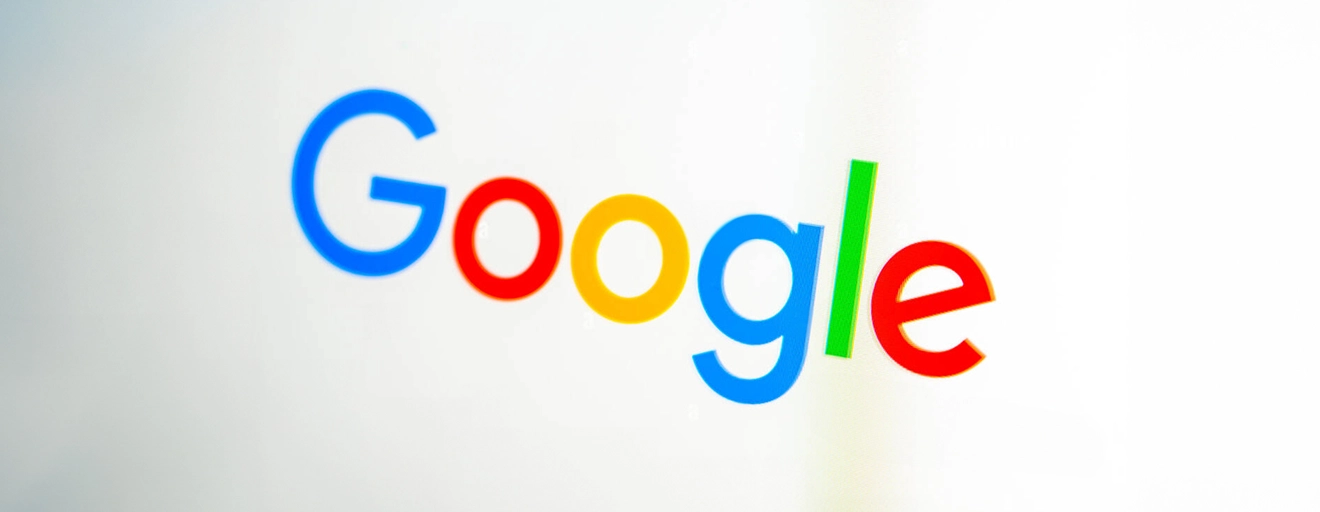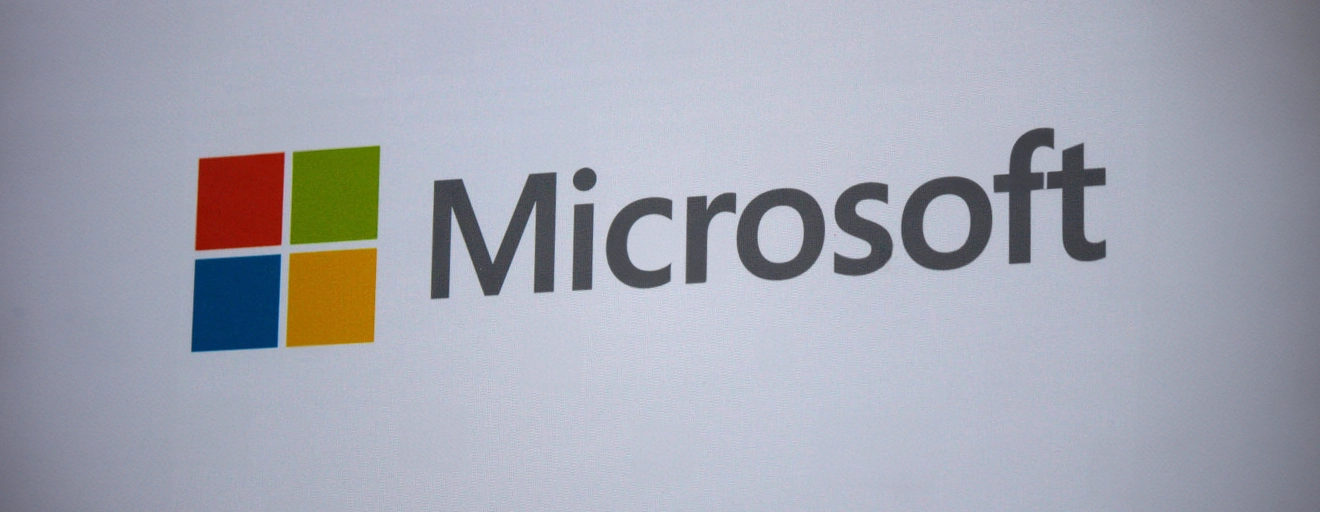OpenAI Chatbot:
OpenAI is renowned for its state-of-the-art language model, known as GPT-3.5, which powers its AI chatbot. OpenAI chatbots excel at natural language understanding and generating human-like responses. They can engage in conversations across a wide range of topics, making them versatile and adaptable to various industries.
Pros:
- Natural Language Processing (NLP): OpenAI chatbots leverage cutting-edge NLP techniques, allowing them to understand and respond to user queries with remarkable accuracy.
- Contextual Understanding: The AI model has the ability to remember and contextualize previous interactions, leading to more meaningful and coherent conversations.
- Versatility: OpenAI chatbots are trained on a vast corpus of data, enabling them to handle diverse topics and provide relevant responses.
Cons:
- Cost: OpenAI’s AI chatbot may be relatively expensive compared to other solutions, making it more suitable for larger enterprises with substantial resources.
- Ethical Considerations: Since the model is trained on large amounts of data from the Internet, there is a risk of propagating biases or generating inappropriate content if not carefully monitored and managed.
Google Chatbot:
Google’s chatbot technology utilizes a combination of machine learning algorithms and vast amounts of data collected from various sources, such as search queries and user interactions with Google Assistant.
Pros:
- Integration: Google chatbots can seamlessly integrate with other Google services, such as Google Assistant, Google Maps and Google Search, enabling businesses to provide a unified user experience.
- Large Knowledge Base: Leveraging Google’s vast data resources, the chatbot can provide accurate and up-to-date information across a wide range of topics.
- Multilingual Support: Google chatbots support multiple languages, enabling businesses to cater to a global audience.
Cons:
- Limited Customization: The level of customization and control over the chatbot’s behaviour and responses may be more restricted compared to other platforms.
- Privacy Concerns: The use of Google’s chatbot technology may raise privacy concerns due to the extensive data collection and processing involved.
Microsoft Bing Chatbot:
Microsoft Bing’s chatbot technology utilizes Microsoft’s AI capabilities, including its language understanding models and natural language processing algorithms. It is designed to provide intelligent and contextually relevant responses.
Pros:
- Integration with Microsoft Ecosystem: Bing chatbots seamlessly integrate with other Microsoft products and services, such as Azure cloud services, Microsoft Teams, and Dynamics 365, enabling businesses to leverage existing infrastructure.
- Enterprise Focus: Microsoft’s chatbot technology is particularly suitable for enterprise applications, offering features like security, compliance and robust administrative controls.
- Multimodal Capabilities: Bing chatbots can handle not only text-based interactions but also support voice and visual inputs, enhancing the user experience.
Cons:
- Learning Curve: Setting up and training the chatbot on the Microsoft platform may require a certain level of technical expertise, making it less accessible for businesses without dedicated AI resources.
- Customization Limitations: The customization options and fine-grained control over the chatbot’s behaviour may be more limited compared to other platforms.
AI chatbots have become indispensable tools for businesses seeking to provide efficient and personalized customer interactions. OpenAI, Google and Microsoft Bing offer distinct technologies with their own strengths and weaknesses. OpenAI excels in natural language understanding and versatility, while Google benefits from its vast knowledge base and integration with other Google services. Microsoft Bing focuses on enterprise applications and offers multimodal capabilities. When selecting an AI chatbot technology, businesses should consider their specific requirements, budget and desired level of customization. With the right choice, AI chatbots can drive customer engagement and streamline business operations.



